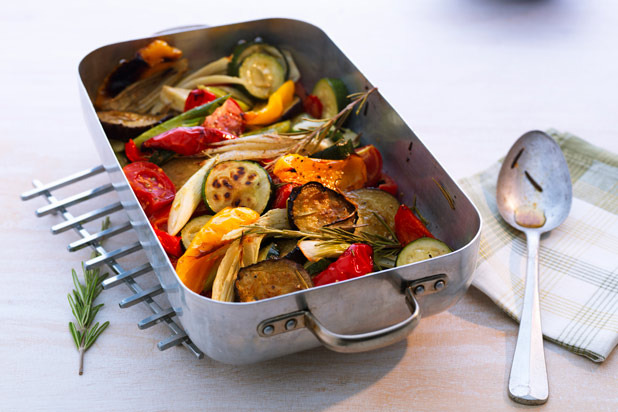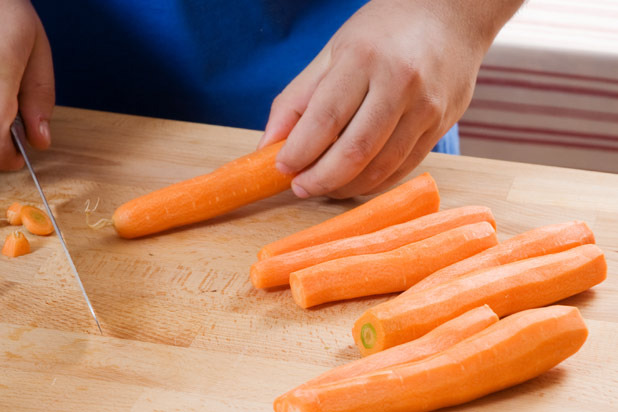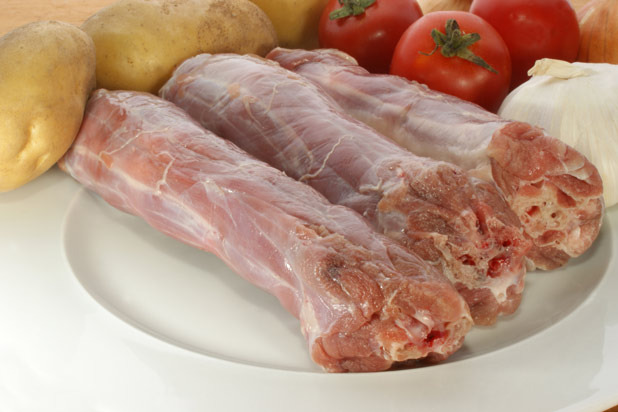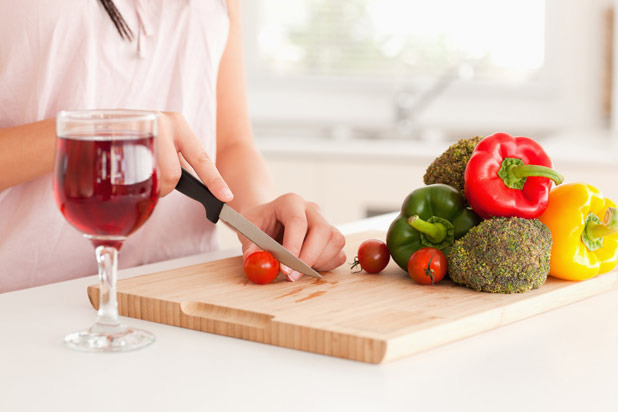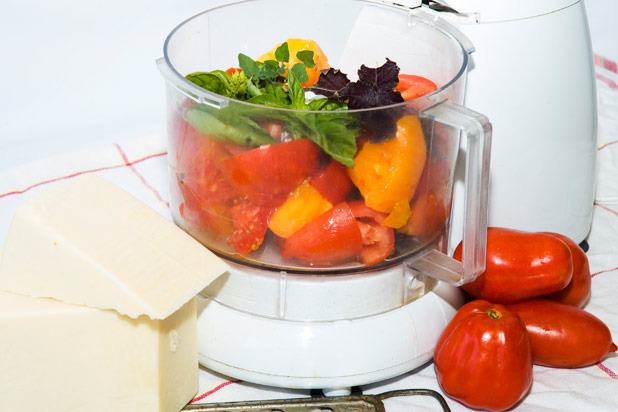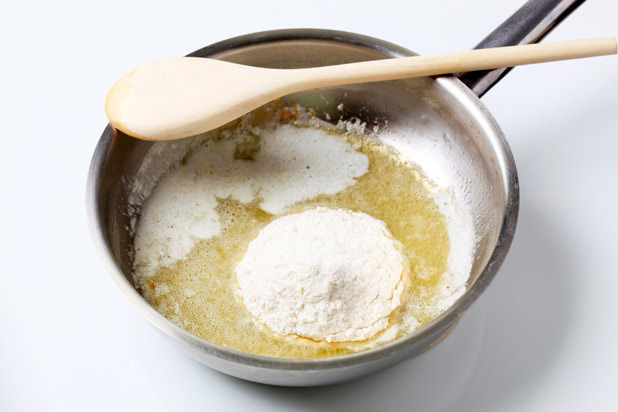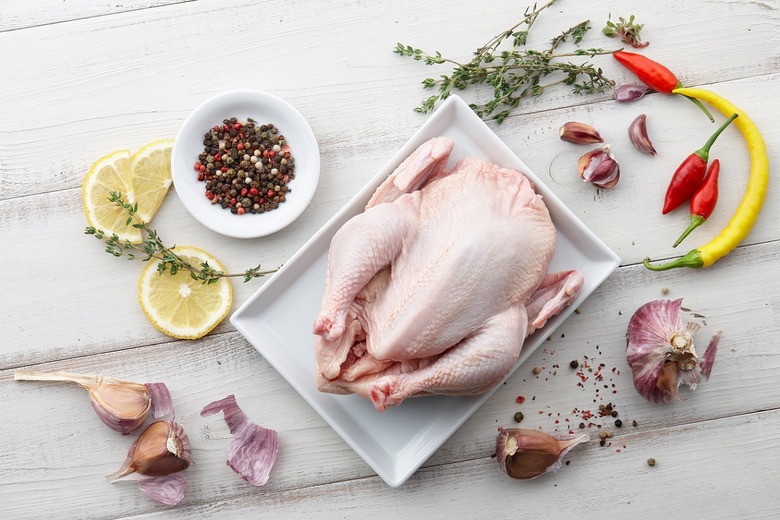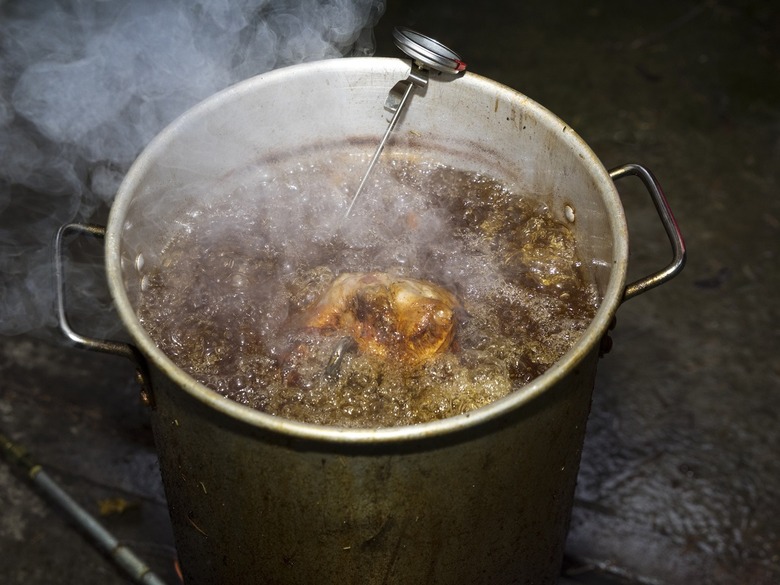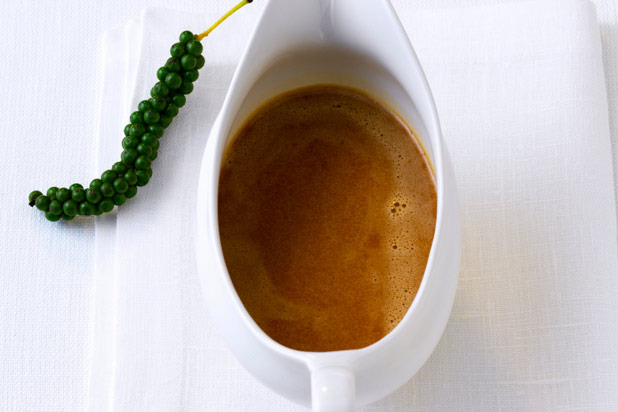10 Common Gravy Mistakes Gallery
Turkey gravy — it's a must-have! However, making it can be one of the trickiest parts of any large feast. Why? It's the last part of the meal you prepare. By the time the turkey is out of the oven, people have started to congregate in the kitchen.
If your family is like mine, congregating also means kibitzing. It's possible that some alcohol has been consumed, and everyone is hungry and has been anticipating the big event.
To add to the pressure, gravy has more than one role to fulfill. Not only must it taste good, but it may be used to disguise some less-successful parts of the meal. And while roasting is pretty easy — heat the oven, take a big piece of protein, season it, put it in a pan, and wait until it's done — gravy definitely requires some cooking chops.
Under so much pressure, it's easy to make a fatal error or two — but never fear, we've highlighted the 10 most common gravy mistakes so that you can avoid them as well as some delcious gravy recipes for inspiration.
Lack of Advance Planning
Even though you make the gravy at the last minute, deciding to make it after the turkey is cooked won't work! To get the most flavor and ensure a tasty gravy, fill the roasting pan with vegetables: onions, carrots, mushrooms, celery, and my friend's secret, parsnips.
Chopping Your Vegetables Too Small Before Roasting
Save your finer knife skills for carving the bird. I learned the hard way that a careful dice will be a charred mess after hours in the oven, so large chunks are the way to go. If you're lacking a rack for the roasting pan, carrots and celery, arranged in rows, can even act as a makeshift rack.
For a Cider-Glazed Turkey with Lager Gravy recipe, click here.
Throwing Away the Weird Bits of the Turkey
The neck and giblets add flavor. Use them to make broth for the gravy.
Not Having Enough Room on the Stove
When the turkey comes out of the oven, you need two burners to rest the roasting pan on to deglaze it. Use your slow-cooker to free up precious stovetop real estate!
For a Turkey Giblet Broth for Flavorful Giblet Gravy recipe, click here.
Drinking All the Wine
You need about a cup of vino to deglaze the pan. Too late? Almost any liquid will work — the broth from the giblets, water, even a splash of brandy.
Leaving Vegetables Too Lumpy
Here's where those roasted vegetables come in handy. Purée them in a food processor and use them to thicken and flavor the gravy.
Thinking That Pouring Flour in the Pan and Stirring Will Work
It will taste of flour and you'll get lumps. Make a roux instead. Take equal amounts of flour and fat (butter or fat from the pan), warm the fat in a small pan, and whisk in the flour until it's well combined. Cook, whisking all the time, for about five minutes. It should taste good and toasty. Remember this for other recipes — it's a classic roux.
For a Roast Turkey with Sticky Rice and Hoisin Gravy recipe, click here.
Brining the Turkey
Because gravy is made from all the drippings and fat from the bird, the runoff from a brined bird could be very salty. Taste it before adding additional salt.
Deep-Frying the Turkey
This method makes it too hard to find the tasty bits that flavor the gravy — and even if you do, the gravy will be greasy.
If you still plan on deep frying your bird, click here to find out how to fry a turkey.
Not Having a Backup Plan
If any of the things listed above go wrong with your gravy, not having an emergency jar of ready-made gravy or a 24-hour store nearby would be the final and most fatal mistake, after propper planning is just one of the important restaurant secrest any home cook should know.
For a Thanksgiving Turkey Gravy recipe, click here.
More from The Daily Meal:
How to Prep for Your Easiest Thanksgiving Yet
Game-Changing Stuffing Recipes
10 Thanksgiving Dishes You Should Just Buy at the Store

